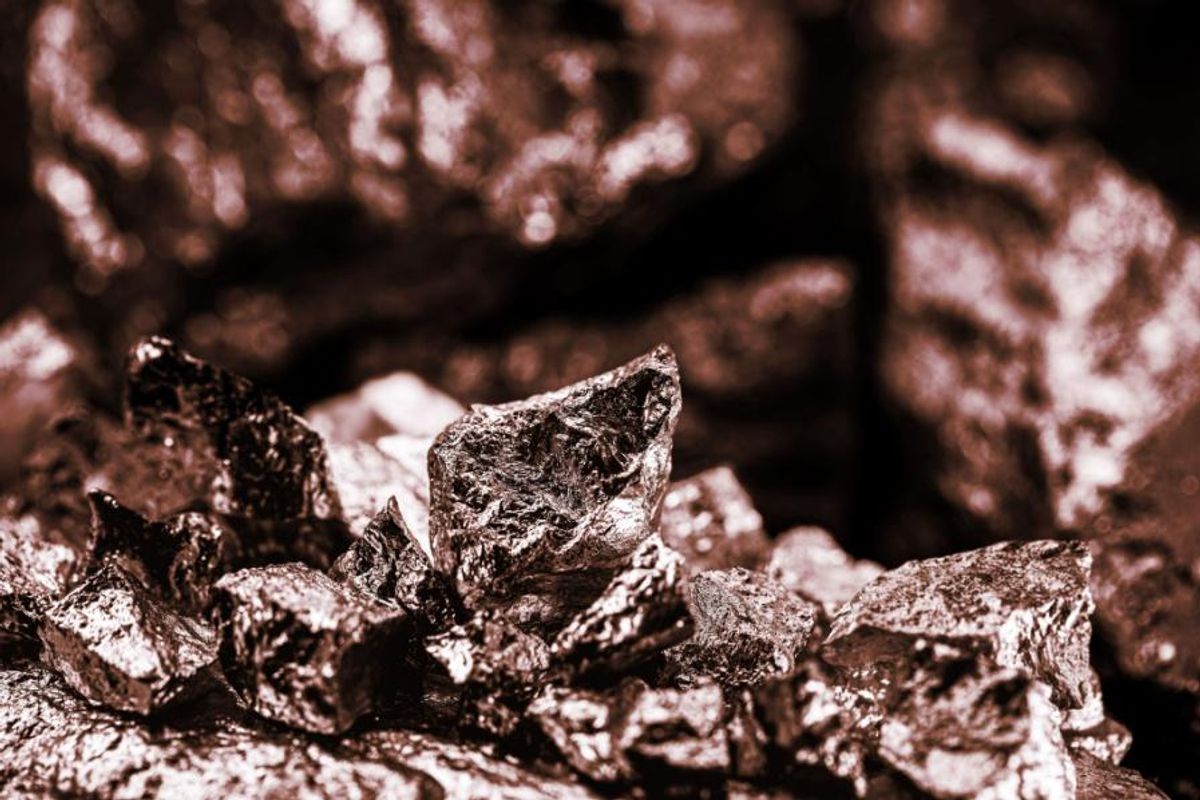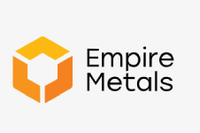Copper Short-term Worries Unlikely to Derail Long-term Outlook
Copper has been facing challenges in 2022, but experts believe the long-term picture for the base metal still looks bright.

Copper prices kicked off the year on a strong note, reaching an all-time high in March, when the red metal was changing hands for above US$10,000 per metric ton (MT). But it hasn't been able to retain its gain.
Falling sharply since its peak, copper is now at the US$7,000 level. The base metal, which is used in construction and is often seen as indicator of economic health, is being hit by macro and micro factors that are keeping it under pressure.
Macroeconomic volatility impacting copper market
Volatility has without a doubt been dominating the macroeconomic environment, with high inflation top of mind for every investor. Case in point — US headline inflation level is now running at its highest level in about 40 years.
“That means that nobody under the age of 60 in the workforce today has ever worked through a period of life with direct, hands-on experience with dealing with hyperinflation — that has all sorts of implications for how people think about their businesses and plan for this,” Duncan Hobbs, research manager at Concord Resources, said.
Speaking at this year’s Fastmarkets copper conference, held in Barcelona, the analyst added that the market should expect central banks, led by the US Federal Reserve, to be very hawkish.
“The US monetary policy and economic resilience is driving a strong rally in the US dollar, which usually has an inverse relationship with copper due to operating expenditure effects,” he said.
Another key macroeconomic factor impacting copper is Europe's power crisis. This has raised expectations of a potential recession as the region struggles with high energy prices and prepares to enter a cold winter on the back of the Russia-Ukraine war.
“We're now seeing European governments shaping up to provide some sort of support to consumers and industry, formulating a substantial fiscal policy response,” Hobbs said.
While copper consumption in Europe might be impacted by these factors, all eyes have been on China, the top copper consumer, as COVID-19 containment measures imposed earlier this year have had a ripple effect on metals markets.
“The emerging recovery early this year was stalled by widespread COVID lockdowns in Q2 2022,” he said. “Over 30 cities recently under some level of restrictions and dogged pursuit of zero-COVID may have delayed stronger policy stimulus.”
Short- and long-term catalysts for copper
When looking at the short term, experts at the Fastmarkets event believe the copper supply picture is looking healthy, while demand from China is lagging behind; this can be seen on how prices are behaving.
Even though world copper mine output has underperformed year-to-date, according to data from Concord Resources, it is still up about 3 percent year-on-year in H1 2022, level with consumption, versus a full-year forecast of more than 5 percent.
But mine output is forecast to rise strongly as projects ramp up into 2023, which could be one of largest gains of the last 20 years.
“I think there are reasons to be cautiously optimistic about global growth and the Chinese economy into the end of this year and into 2023,” Hobbs said. “However, there is a pretty heavy negative weight on sentiment, which is related to the property market, and it starts with the fact that property prices in China have fallen.”
Also speaking at the Fastmarkets conference, Graeme Train, head of metals research at Trafigura, said that while the short term may be problematic for copper, in the long term the story really hasn’t changed too much — there’s a supply gap coming.
Annual copper demand from green energy is set to increase by over 3 million MT per year during the course of this decade.
Just looking at electric vehicles (EVs), there is three times as much copper in one EV compared to internal combustion engine cars. Add to that the use of copper in EV charging stations and energy storage systems, and the demand picture only keeps on growing.
“We have moved into a landscape of accelerated copper demand growth, underpinned by the green energy transition,” ERG Senior Market Analyst Piotr Ortonowski said. “In 10 years’ time, 7.6 million to 11.3 million tonnes of new mine capacity will be required to fill the supply gap, but mining companies have been extremely sluggish in responding to this challenge — the recent drop in prices won’t help.” Copper demand from green end-use sectors is set to more than double its share of total usage from 2020 to 2030.
“The bottom line is that if we want to have an energy transition, we need copper — it is vital for us,” Ortonowski told the audience in Barcelona. “And judging from the level of physical inventories today, supply is already falling short of demand.”
Weakness in copper prices between 2012 and 2020 has led to severe underinvestment in new mines.
“Moreover, mining projects are becoming increasingly difficult to develop for a plethora of reasons, even in the best-established mining jurisdictions, such as Chile or Peru, including major headwinds from stringent permitting, inadequate water availability, severe social opposition, changing legislation and of course, deteriorating deposit quality,” Ortonowski said.
Copper investments are required for the market to supply the needs of this green energy transition.
“This is a sector that needs continual investment, and the pace of that investment needs to be accelerated quite quickly,” Trafigura’s Train said. “We find that the average project now is about 30 percent smaller, takes about three and a half years longer to get to market, is about 40 percent more expensive from a capital expenditure perspective and about 25 percent more expensive from an operating expenditure perspective.”
Don't forget to follow us @INN_Resource for real-time updates!
Securities Disclosure: I, Priscila Barrera, hold no direct investment interest in any company mentioned in this article.
- When Will Copper Go Up? ›
- 7 Basic Copper Facts for Investors (Updated 2022) ›
- Copper Outlook 2022: Prices Likely to Remain High, Modest Surplus ... ›
- How to Invest in Copper ›
- Copper Supply to Catch Breath in 2022 Before Heading for ... ›
- Is Peak Copper Coming? | INN ›
- Opportunities and Challenges for "Green Copper" Mining ›
- Could a Lack of Investment in Copper Supply Derail the EV Story? ›
- Copper Price 2022 Year-End Review ›
- Copper Forecast 2021: CEOs Optimistic About Copper’s Future | INN ›





